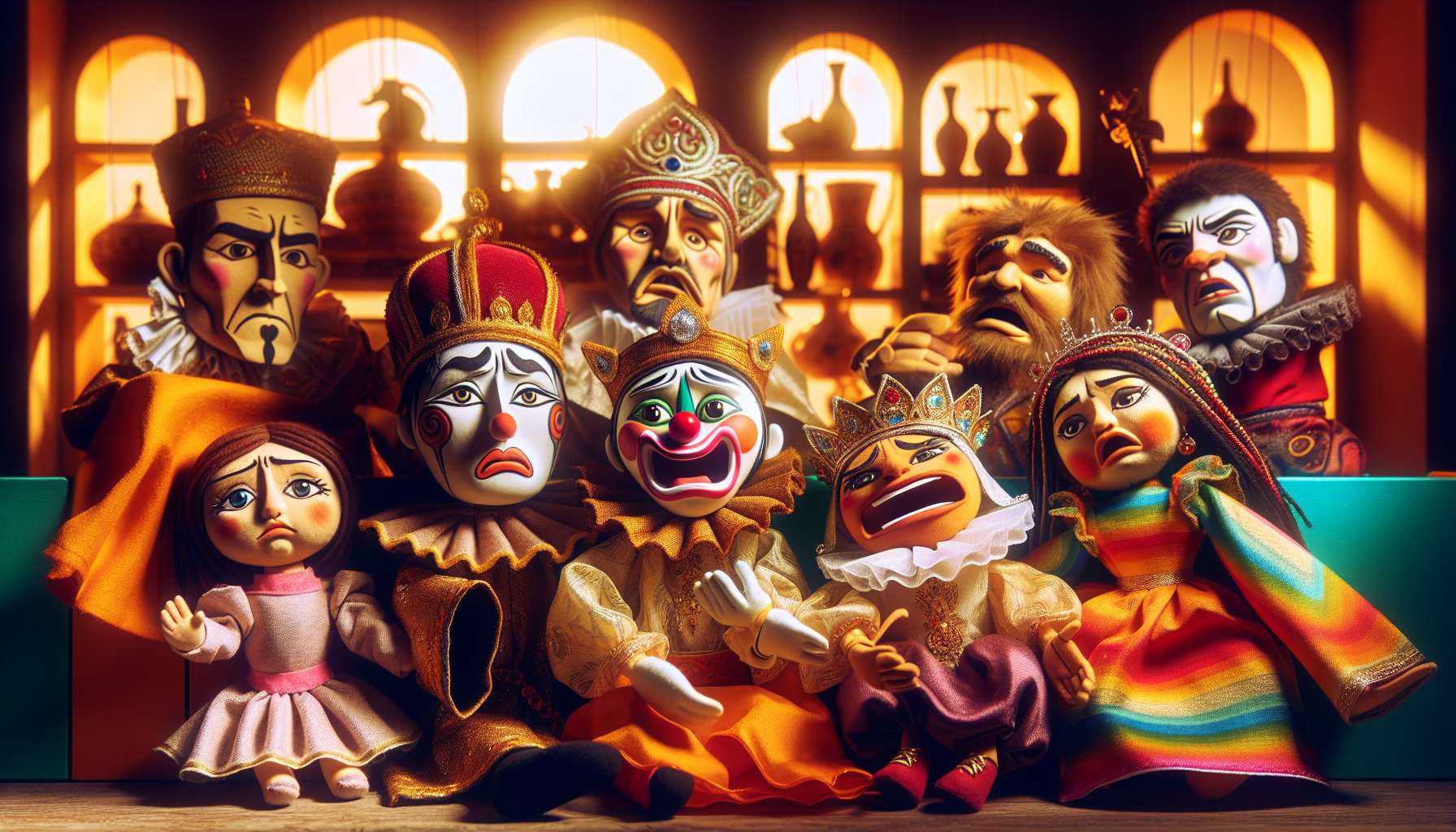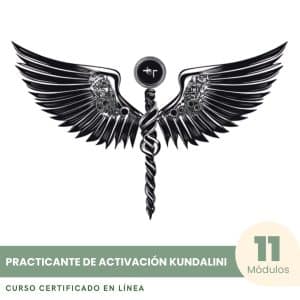8.5 – Puppets and Dolls to Facilitate Emotional Expression

Puppets and dolls are valuable therapeutic tools in the context of laughter therapy. They facilitate the expression of emotions, particularly for individuals who have difficulty verbalizing or externalizing their feelings. Indeed, using a transitional object like a puppet offers a safety distance that can help overcome blockages and inhibitions.
With a puppet, one can say and do things that they wouldn’t dare express directly. It’s the character who speaks, laughs, cries, not us directly. This creates a space of freedom and creativity where emotions can be expressed in an indirect and symbolic way. Puppets allow us to stage our inner states, to give them shape and a voice, to view them with a certain detachment.
In laughter therapy sessions, puppets can be used in role-playing games or humorous improvisations. One can imagine zany dialogues between two puppets, create wacky characters that interact in an offbeat manner, replay everyday situations mockingly. This allows one to approach their own emotions and issues from a new, lighter and uninhibited angle.
Puppets bring a playful and interactive dimension that encourages engagement and spontaneity. They stimulate imagination and creativity, two valuable resources to defuse and change one’s perspective on things. When playing with puppets, we relearn to marvel, to let go, to reconnect with our childlike spirit. We connect to a form of joy and lightness that can be very liberating.
The choice of puppets is important to create an atmosphere conducive to the expression of emotions. One can use puppets representing different emotional archetypes, such as the sad clown, the angry king, the frightened princess, etc. This allows you to explore the entire range of emotions in a carnal and playful manner. You can also create your own puppets with the participants, inviting them to give them the characteristics and stories that resonate with their experiences.
Using puppets requires certain know-how from the laughter therapist. They must know how to animate the characters accurately and subtly, to bring them to life and to elicit empathy. They must also be attentive to the reactions of the participants and adapt their interventions according to what emerges. Their role is to create a climate of trust and kindness where everyone feels free to laugh and be moved through the puppet play.
Beyond hand puppets, you can also use life-size puppets, dolls or giant plush toys. These larger formats allow for even more immersive and cathartic interactions. One can imagine sessions where participants dress themselves up as large puppets to experience outrageous adventures and release their emotions in a hearty collective laugh.
Puppets can also be supports for meditation and visualization. Participants can choose a puppet that represents their inner joy, their comedic strength, and visualize it laughing and dancing in their minds. This positive anchor can then be reactivated daily by recalling this delightful image.
Finally, puppets create a sense of complicity and connivance within the group. Laughing together through these fictional characters strengthens the bonds and cohesion of the group. It creates shared joyful memories that can become common references to extend the benefits of laughter therapy beyond the sessions.
In summary, puppets and dolls are excellent mediators to facilitate the expression of emotions in laughter therapy. They offer a space for play and creativity conducive to the playful and cathartic exploration of one’s inner world. Combined with role-playing (module 8.3), disguises (module 8.4) and humorous staging, they are a powerful tool to defuse, change perspective and stimulate liberating and kind laughter for emotional well-being.
Key points:
– Puppets and dolls are valuable therapeutic tools in laughter therapy, facilitating the expression of emotions.
– They provide a safety distance, allowing to overcome blockages and inhibitions to express things that one would not dare to say directly.
– Puppets allow to stage one’s inner states, giving them shape and voice, with a certain detachment.
– They can be used in role-playing games, humorous improvisations, to approach their emotions from a new and offbeat angle.
– Puppets bring a playful, interactive dimension, stimulating imagination, creativity, and spontaneity.
– The choice of puppets is important for creating an atmosphere conducive to the expression of emotions, by representing different emotional archetypes.
– The facilitator has to have skill to bring life to the characters and evoke empathy, while adapting to the reactions of the participants.
– Large puppets allow for even more immersive and cathartic interactions.
– Puppets can also be used to support meditation and positive visualization.
– They strengthen group complicity and cohesion, creating shared joyful memories.
In summary, puppets are powerful mediators to facilitate emotional expression through play and creativity in laughter therapy, in combination with other tools such as role playing and disguises.
👉 To download docx (Editable) file click here : Click here
👉 To download PDF file click here : Click here
👉 To download MP3 file click here : Click here






















































































